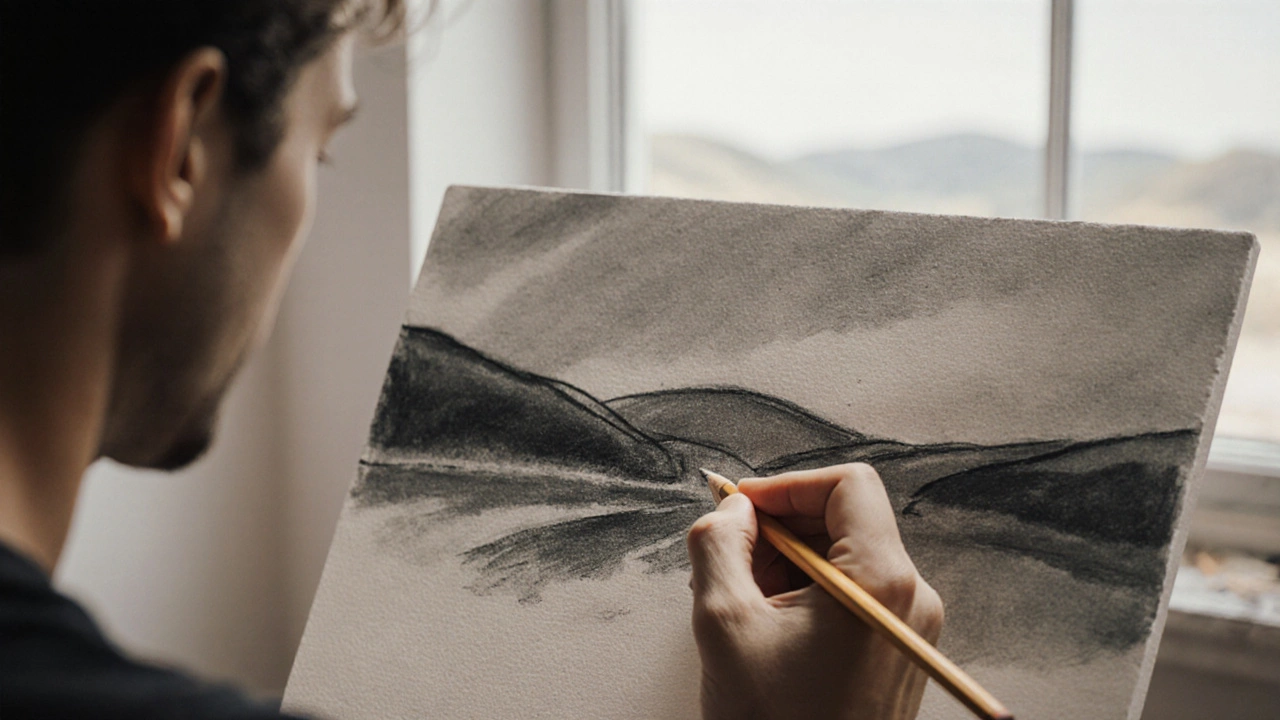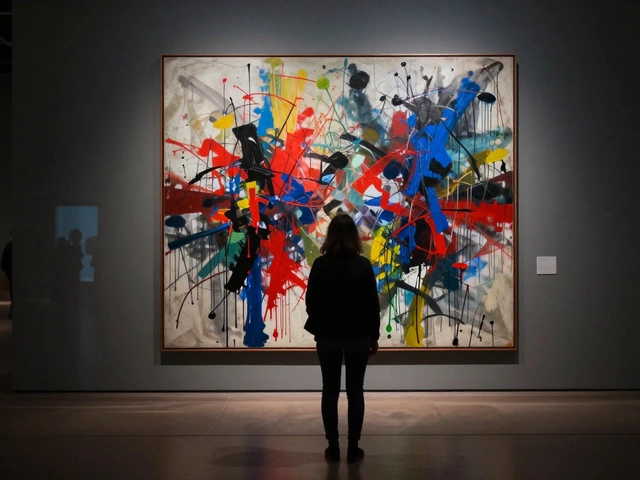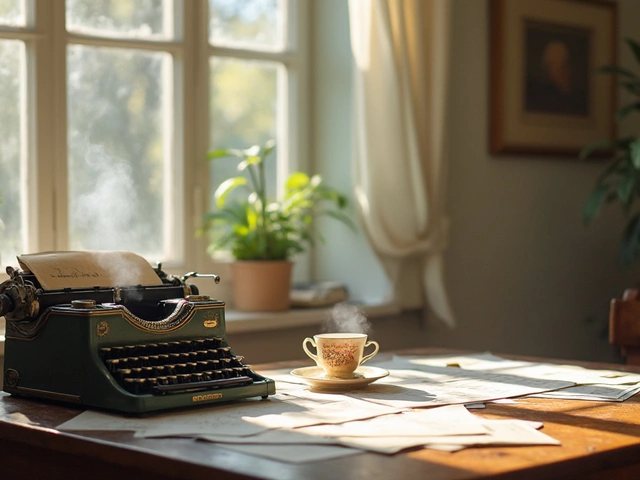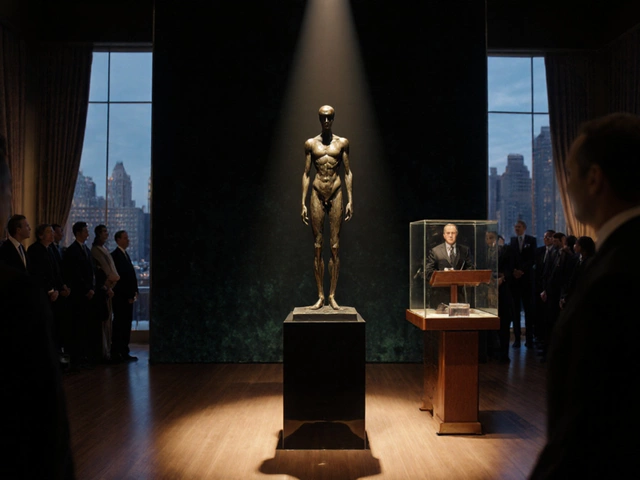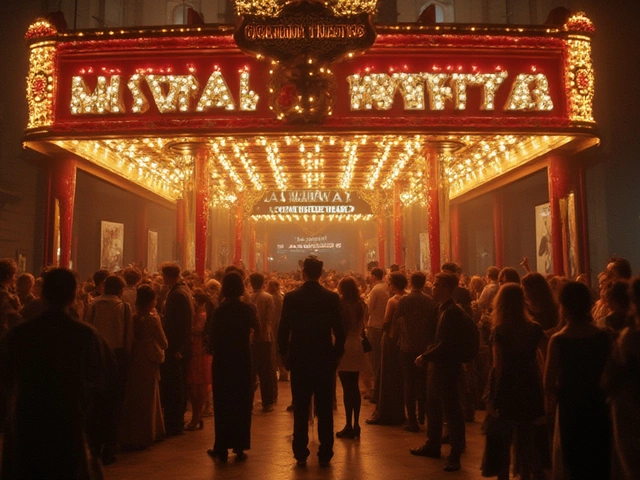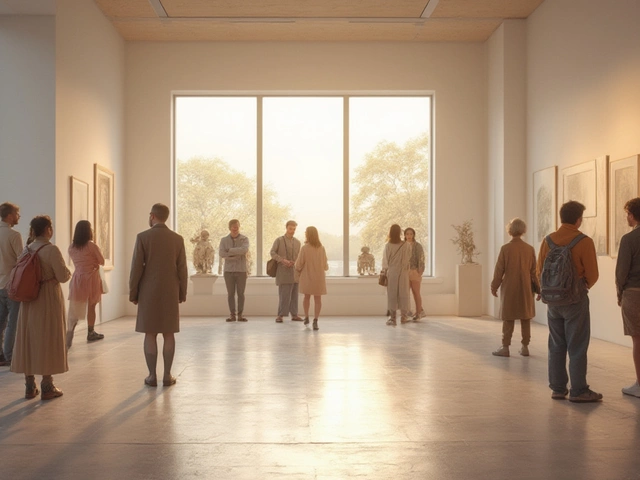Art History Background: Key Foundations for Artists and Enthusiasts
When working with Art History Background, the foundational knowledge of art movements, techniques, and cultural contexts that shape visual creativity. Also known as art history basics, it helps you see why a painting looks the way it does and how ideas travel across time.
One of the biggest parts of that background is Modern Art, a wave of experiments that broke from traditional realism in the late 19th and early 20th centuries. Modern Art feeds directly into Contemporary Art, the current global practice that mixes media, concepts, and technology, so knowing the former makes the latter easier to read. Art history background also embraces Abstract Art, work that removes recognizable subjects to focus on color, shape, and feeling. Understanding abstract art lets you spot the shift from representational to non‑representational styles, which in turn explains why many contemporary pieces look simple but carry deep ideas. Finally, Landscape Painting, the genre that captures outdoor scenes, ranging from idealized vistas to observational studies shows how artists have recorded nature over centuries; recognizing its two main types—idealized and observational—makes it clear when a painter is expressing mood versus documenting reality.
Why Knowing Your Art History Matters
Art history background encompasses modern art, contemporary art, abstract art, and landscape painting, creating a web of influence that any student or hobbyist can follow. It requires you to connect movements (e.g., Modern Art leads to Contemporary Art) and to see how techniques evolve (e.g., abstract approaches inform minimalist trends). When you grasp these links, you can read a gallery label without feeling lost, choose the right style for your own work, and talk confidently with peers. Below you’ll find a curated list of articles that break down each of these topics— from the pioneers of modern art to the tricks of rolling watercolor paintings—so you can dive deeper into the parts of art history that matter most to you.
Painting Order for Landscape Paintings: Start with the Background or Foreground?
Learn the optimal painting order for landscape artworks, from value studies to glazing, with practical steps, tips, and a clear pros‑cons table.
Continue Reading